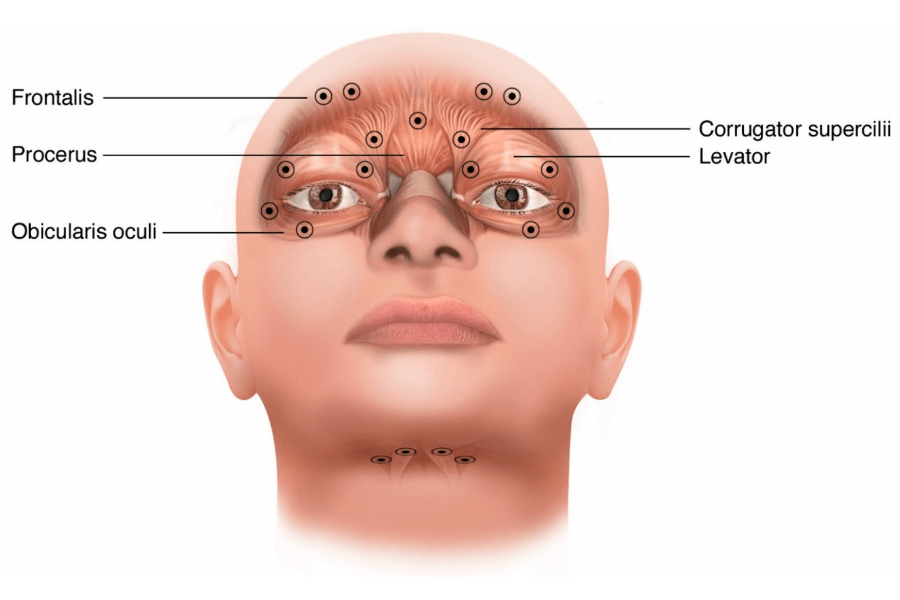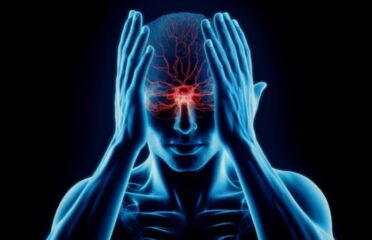Benign Essential Blepharospasm
Overview

Have you ever heard of something called Benign Essential Blepharospasm?
It's a condition that causes involuntary spasms or twitching of the eyelids due to muscle contractions that a person can't control.
It's actually a type of movement disorder called dystonia. These spasms can range from mild to severe and can really interfere with everyday activities like reading or driving.
It's not exactly clear what causes BEB, but it's thought to be related to abnormalities in the brain.
There are different ways to treat BEB, including medications, botulinum toxin injections, and surgery for more severe cases.
Symptoms
• Blepharospasm, or BEB, impacts vision and quality of life significantly.
• Symptoms include frequent blinking, eye irritation, and light sensitivity.
• Difficulty keeping eyelids open can lead to functional blindness.
• Seek immediate medical attention if experiencing these symptoms.
• BEB can affect work, driving, and daily activities.
• Prompt management is crucial to preserve vision and quality of life.
Causes & Risks
• Blepharospasm causes excessive blinking and can occur at any age.
• It's crucial to differentiate it from dry eye, requiring medical consultation.
• Certain medications, like those for Parkinson's disease, can induce blepharospasm.
• Middle age is a common period for blepharospasm onset.
• Consulting a healthcare provider helps rule out other potential causes.
• Awareness of medication side effects is essential in managing blepharospasm.
Test & Diagnosis
• Diagnosing blepharospasm involves a thorough medical history review and physical examination by healthcare providers.
• Seeking care from a specialist experienced with the condition enhances the accuracy of diagnosis.
• Lab tests are typically unnecessary for diagnosing blepharospasm.
• Symptoms such as excessive blinking or uncontrollable eye twitching warrant consultation with a healthcare provider.
• Proper diagnosis enables the collaborative development of a tailored treatment plan.
• Collaborating with healthcare professionals can enhance the quality of life and help manage symptoms in individuals with blepharospasm.
Treatment
• Medications like anticholinergics can be orally administered to block involuntary muscle movements, but their effectiveness is often limited.
• Botulinum toxin injections weaken eye muscles, proving highly effective in managing blepharospasm, with various options available.
• Surgery, specifically myectomy, involves removing overactive eye muscles partially or entirely.
• Anticholinergics, though prescribed, may have restricted efficacy in controlling blepharospasm symptoms.
• Botulinum toxin injections are widely regarded as one of the most efficient treatments for blepharospasm due to their ability to weaken twitching eye muscles.
• Myectomy surgery offers a surgical approach to address blepharospasm by removing the problematic eye muscles.
Living With
Living with Bell's palsy can present various challenges and experiences.
The condition typically causes sudden weakness or paralysis on one side of the face, leading to difficulties in facial movements such as smiling or blinking.
This facial asymmetry can significantly impact appearance and expression. People with Bell's palsy may also experience speech and eating challenges due to facial muscle weakness. Coping with the sudden onset of facial paralysis can lead to emotional distress and feelings of self-consciousness.
Recovery from Bell's palsy varies among individuals, and most cases resolve within a few weeks to months.
Management of Bell's palsy often involves medications to reduce inflammation and supportive therapies like facial exercises, physical therapy, or acupuncture to help restore facial muscle function.
It is essential to make adjustments to daily activities during the recovery period and practice good self-care to promote healing and recovery.
Complications
• Blepharospasm, marked by involuntary and repetitive eyelid muscle contractions, poses significant challenges impacting daily life.
• Complications include functional impairment, visual disturbances, eye discomfort, and social-emotional impact.
• Individuals may experience limitations in daily activities like reading, watching TV, using electronic devices, or driving.
• The condition also brings about psychological effects and challenges in treatment.
• These repetitive spasms can lead to functional limitations and a reduced quality of life.
• Managing blepharospasm requires comprehensive care addressing both physical and emotional aspects of the condition.

The Content is not intended to be a substitute for professional medical advice, diagnosis, or treatment. Always seek the advice of your physician or other qualified health provider with any questions you may have regarding a medical condition.
Know more about
Our Healthcare Planner
Personal Health Planner at BNC is a support staff who listens to your concerns and connects you with a Neuro Care provider. They prioritize your needs and create a trusting relationship between you and the provider.
Three fundamental values we can assure you:
1. Personalized Healthcare.
2. Most advanced robotic therapies
3. Transparent pricing





